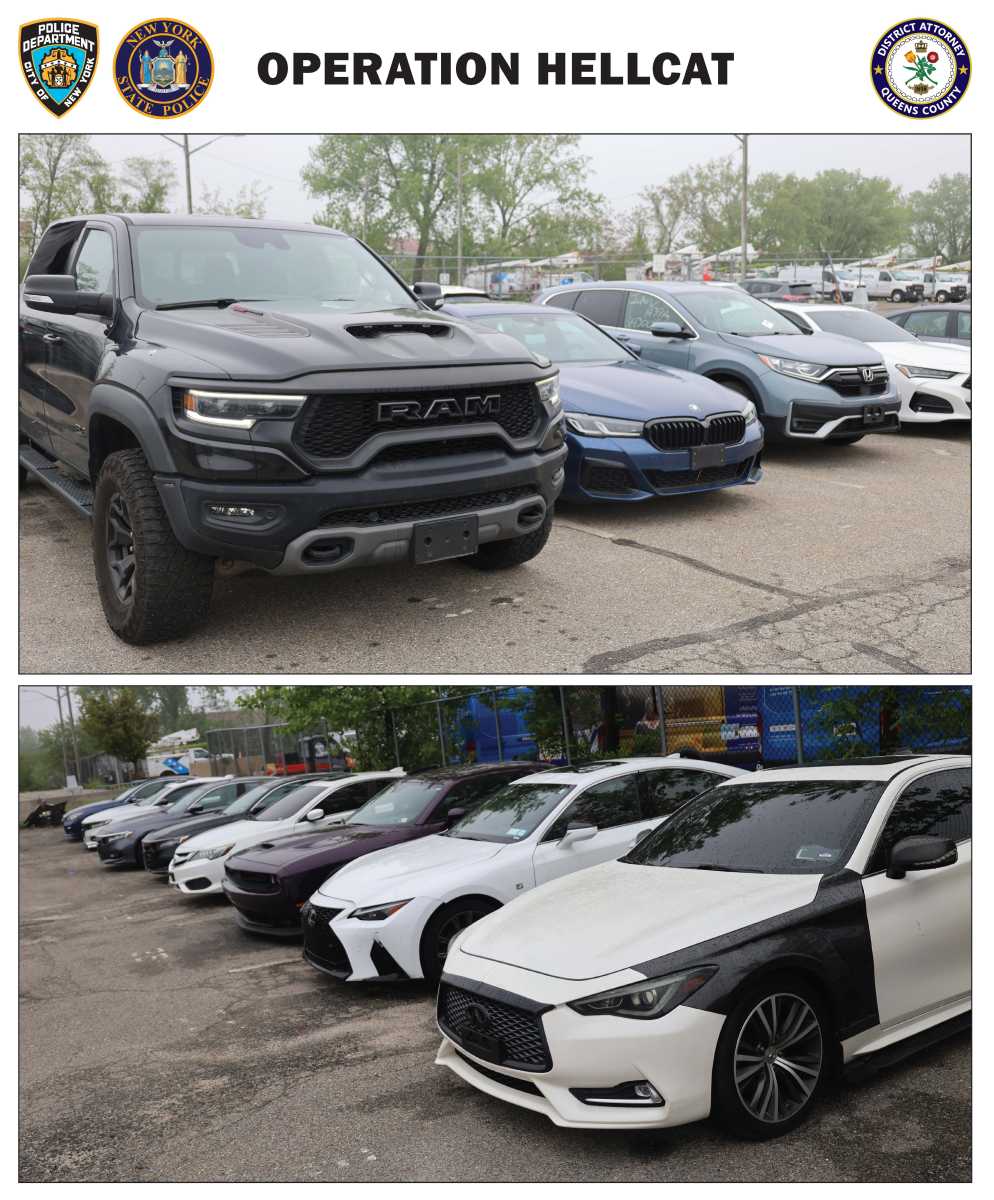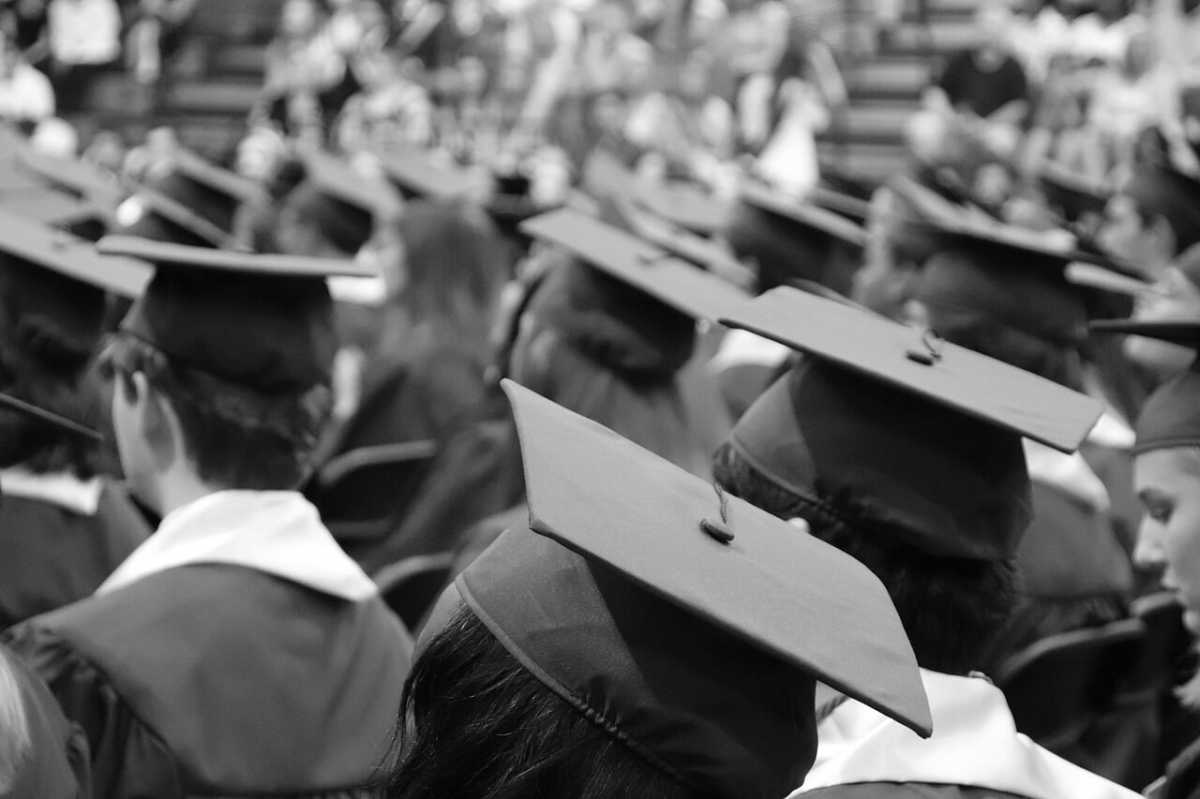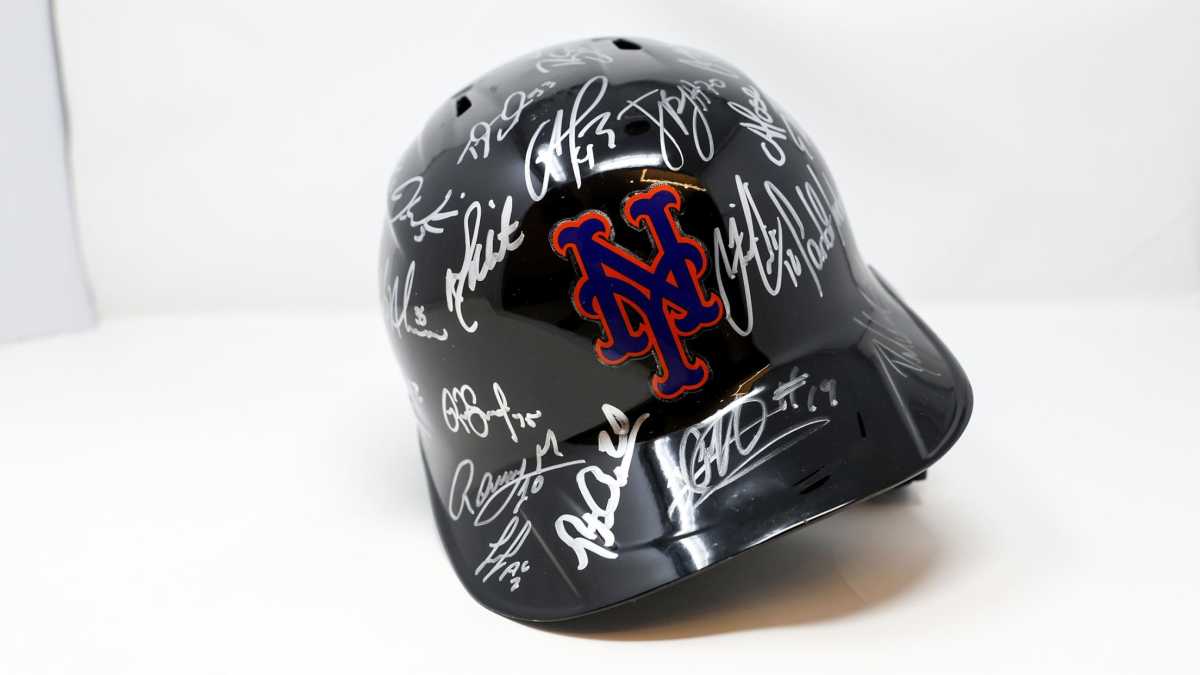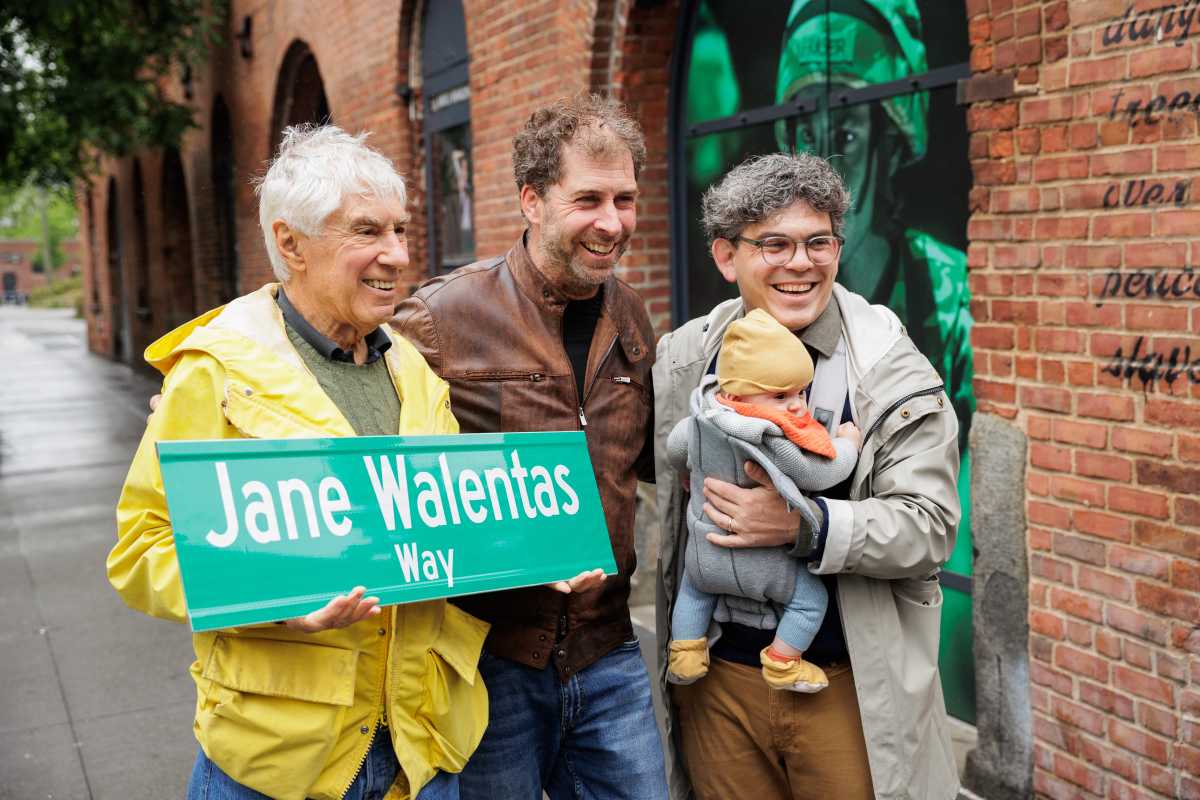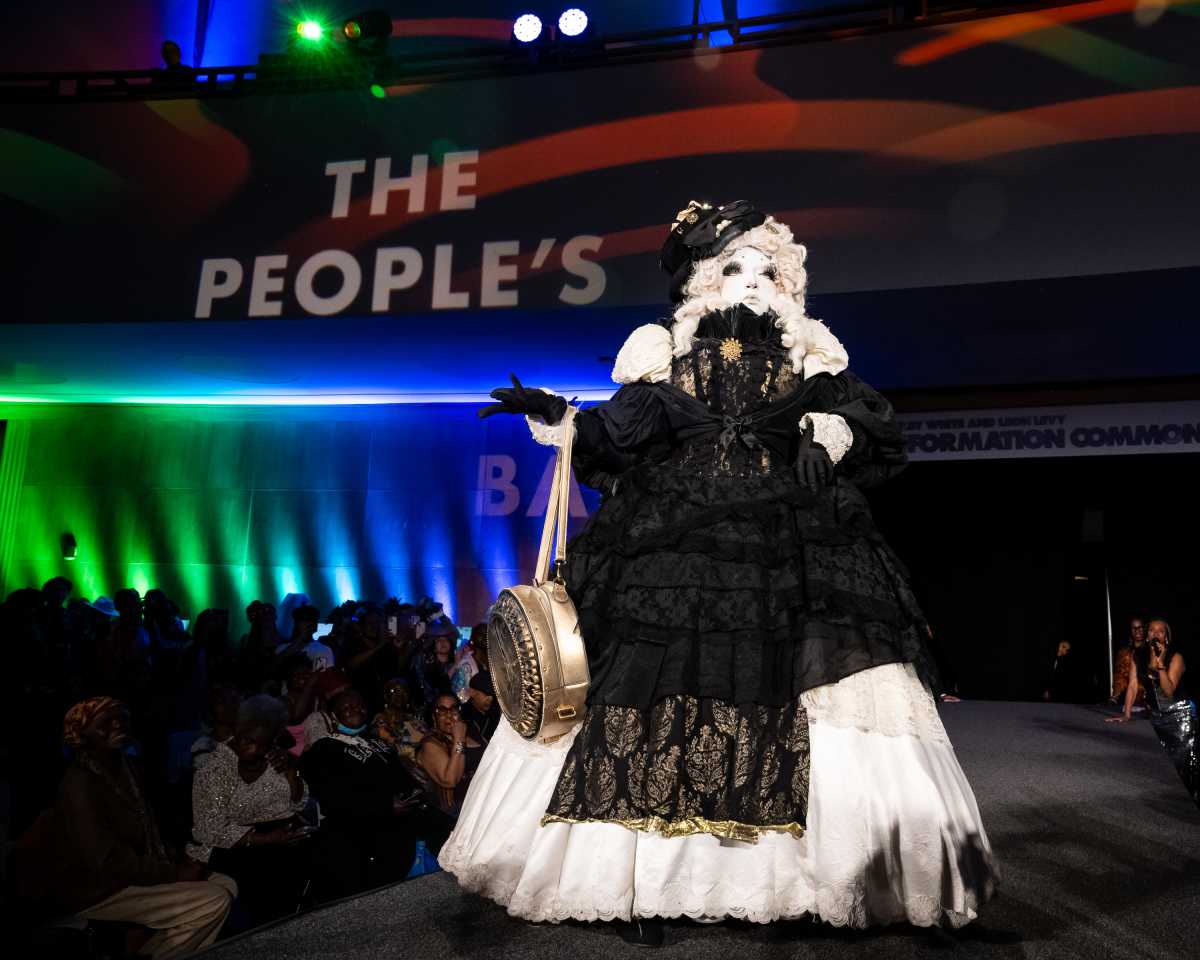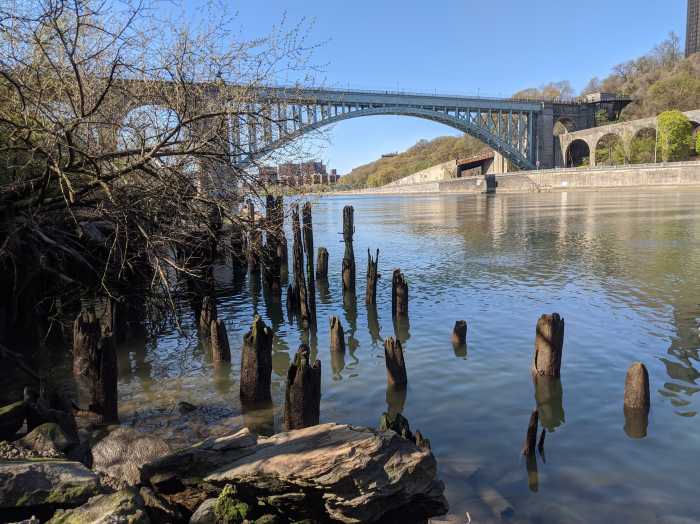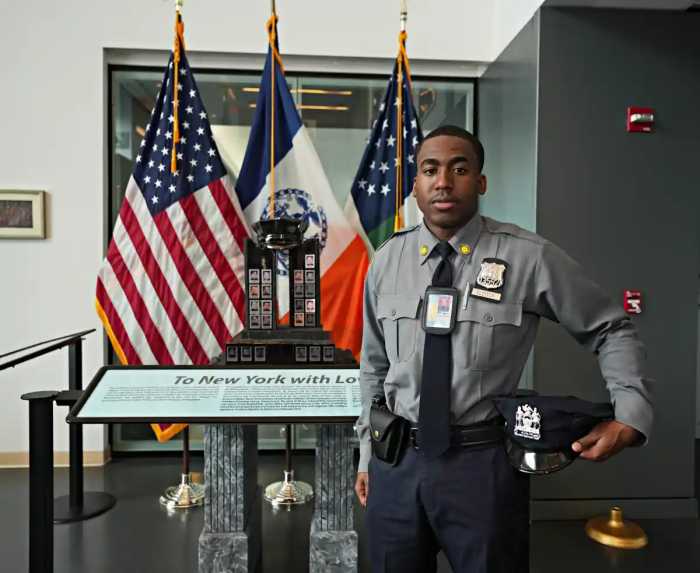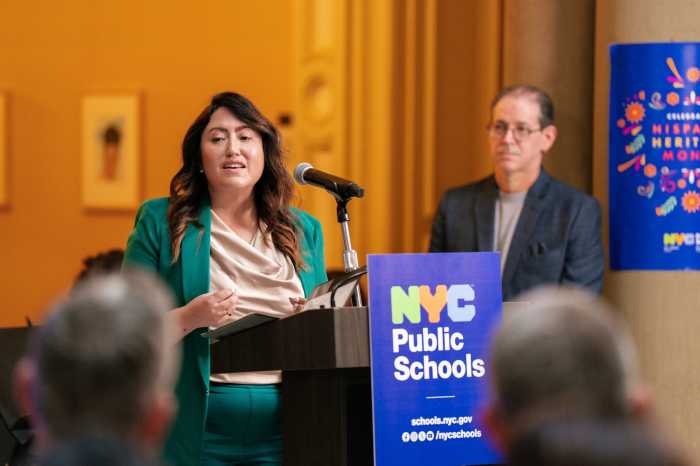
BY JACKSON CHEN | After the deadly incident where a driver mowed down the crowds at Times Square in May, a stainless steel guardian that prevented further damage is still standing tall.
On May 18, Richard Rojas, a Navy veteran with prior arrests, drove onto the pedestrian plazas of Broadway at Times Square. Rojas, 26, struck at least 20 pedestrians, killing 18-year-old Alyssa Elsman before crashing into a three-foot tall metal bollard with his Honda Accord. With his car immobilized, Rojas — who later told police that he smoked marijuana laced with PCP according to the criminal complaint — jumped out of the vehicle and was stopped by Good Samaritans until police officers arrived and arrested the perpetrator.
Rojas appeared in court on July 13 where he pleaded not guilty for charges of second-degree murder, attempted murder, and assault. The driver is due back in court on Oct. 24.

But like the brave passersby who intervened, the metal bollards that outline the pedestrian plazas also prevented further escalation. More than 200 metal bollards, designed by Calpipe Security Bollards, line streets from W. 42nd to 47th, on Seventh Ave. and Broadway.
According to the company, the metal bollards are tamper-proof, weather-resistant, some are easily removable, and shallow enough to not disturb the necessary subway system just below. Calpipe installed more than 200 bollards in less than 90 days in Times Square as part of the renovation, in conjunction with various city agencies, the Times Square Alliance, and Snøhetta, the firm behind the Crossroads of the World redesign.
Rob Reiter, Calpipe’s chief security consultant, said the bollards protecting the Times Square Plaza were designed, manufactured, and engineered to stop a vehicle going up to roughly 30 miles per hour.
“It’s a crown jewel as far as people in our business are concerned for a city to take action before there’s a major incident in a place that’s the busiest pedestrian area in the world,” Reiter said of the bollards.
As the bollards played a crucial role in the May incident, there are some who are calling for more protection in a tourist location that sees more than 300,000 pedestrians each day.
An obvious proposal would be to increase the bollard coverage of Times Square, according to Paul Steely White, executive director of the bike and pedestrian advocacy group Transportation Alternatives (transalt.org).
“It’s very clear that the bollards were the only protection preventing that tragedy from being far worse,” White said, adding they were the “difference between life and death.”
While White wants protection for all the pedestrian spaces of Times Square, he noted that there should be greater consideration for the contextual nature. White said agencies are quick to plop down bulky white concrete blockades for protection, but that often makes the area look uninviting.
“We don’t have to turn our pedestrian plazas into bunkers,” White said. “There’s a multitude of context-sensitive designs that can do just a good job at protecting pedestrians but don’t convey that this is a warzone.”

For White, the bollards serve multiple purposes, with the foremost being the safety of pedestrians. But the executive director added that the bollards also signal that the city values pedestrian space, by preventing the ability for vehicles to mount the curb and park.
“Bollards can keep out terrorists just as well as keeping out scofflaw truck drivers who think sidewalks are parking spaces,” White said. “I think they serve to not just save lives, but enhance the aesthetic of the area, that sidewalk space matters and that pedestrians are a valued resource.”
Reiter added that he’s heard the city is interested in installing bollards around the midblocks and street corners of Times Square. The security expert explained that adding corner placement could protect pedestrians from any traffic accidents during which a car might careen into them, and serve to dissuade possible terrorists through an increased presence of bollards in the area.
“This year is a great year that illustrates that more safety is the same as security, and more security is the same as safety,” Reiter said.





